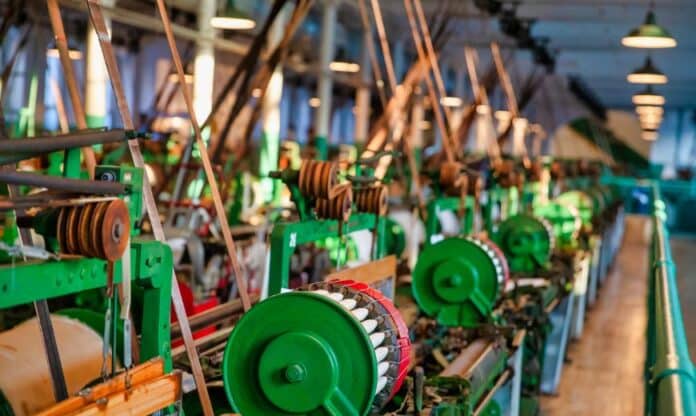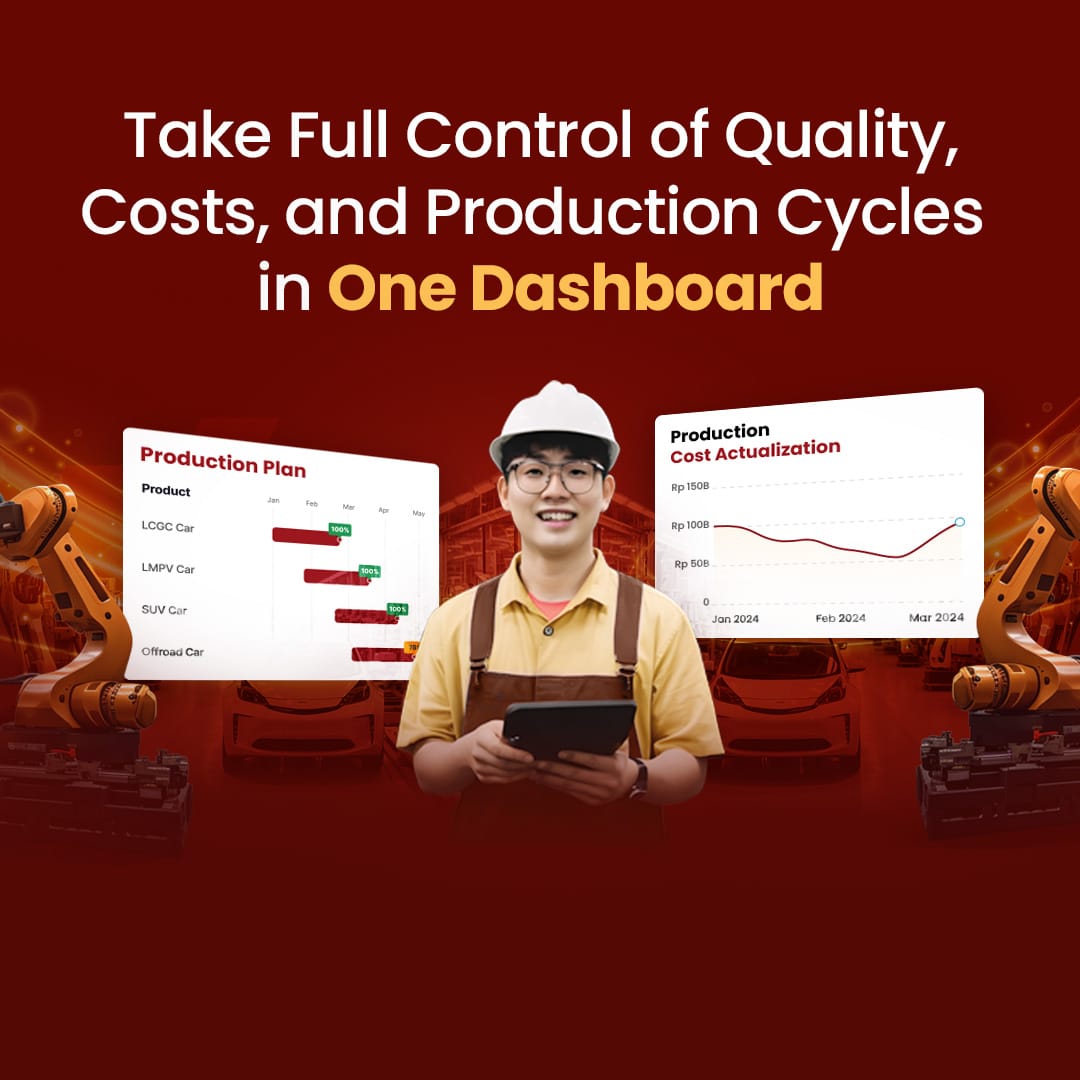Textile and garment manufacturers face global issues. Inventory optimization, waste reduction, and operational efficiency are crucial. Profitable manufacturing requires flexibility and efficiency. Manufacturing has experienced significant expansion and technical innovation. These technological advancements have always resulted in more effective ways to mass produce things, one of which is textile manufacturing software. As a result, modern companies have continued to find new methods to use these instruments to automate manual activities and enhance production line efficiency.
The global pandemic’s economic shock badly hit the textile and apparel manufacturing sector and many other industries producing commodities. The hobby, luxury, and certain apparel industries were especially hard hit. The post-pandemic garment industry prefers shorter supply chains, more eco-friendly and high-quality raw materials, satisfying a growing diversity of consumer appetites, and a strong emphasis on e-commerce and omnichannel marketing strategies. Today, there is software available to help you streamline your textile production. By only using manufacturing software, all your textile activities can run smoothly. HashMicro Manufacture Software can provide the best solution to manage your textile manufacturing business.

Table of Content:
Table of Content
Also read: Manufacturing Automation Software Feature for Your Textile Business
Here are five advanced features of manufacturing software to maximize textile factories!
Materials Planning and Costing
MRP, also known as Material Requirements Planning, is a method used to determine the components and materials required to create a product. It comprises three basic steps: first, an inventory of the materials and components that are already available, then a list of the additional items that are required is compiled, and finally, a plan is devised for their production or acquisition. MRP enables the scheduling and forecasting of your products and generates a comprehensive material plan that sets the quantities and supply schedules of required components.
MRP software helps ensure the right inventory is available for production at the right time and at the lowest cost. As such, MRP enhances textile manufacturing operations efficiency, flexibility, and profitability. It has the potential to increase production worker productivity, improve product quality, and reduce material and labor costs. MRP also enables firms to respond to the growing demand for their products more rapidly, avoiding manufacturing delays and inventory stockouts, which can result in lost consumers, contributing to revenue growth and stability.
Shop Floor Management or Shop Floor Control
Shop Floor Control is a real-time database that tracks the activities on the shop floor, including new work, work that is already in process, and work that has been finished. You are provided with immediate feedback so that you are able to respond properly as the work progresses through the plant and activities are finished.
This refers to a system of computers and controller tools that are utilized to schedule, dispatch, and track the progression of work orders through the manufacturing process following predetermined routings. SFCs often estimate the remaining work according to the percentage of orders and activities that are done. These calculations are helpful in inventory values and materials planning.
Quality Management
Quality Management allows firms to keep an eye on quality at every stage of the production process. Manufacturing organizations must have an efficient quality management procedure. Not only may it assist you in avoiding regulatory fines, but it can also ensure that you are reaching your customers’ expectations and attracting return business. The four parts of quality management are quality control planning, quality control, quality assurance, and quality improvement. On the other hand, the manufacturing industry has a more nuanced understanding of what each of these pillars means to the functioning of their business as a whole.
Lean Manufacturing
This feature is a communication system that manages the flow of work across the shop and synchronizes the production level to the customer’s demands. Lean manufacturing is a manufacturing process that aims to maximize productivity while minimizing waste within a manufacturing operation. According to the lean principle, waste does not offer value customers are willing to pay for. Lean manufacturing benefits include shorter lead times, lower operational costs, and higher product quality. The approach, also known as lean production, is based on certain manufacturing concepts that have influenced production systems worldwide and those of other industries such as healthcare, software, and various service industries.
Also read: Manufacturing Equipment that Your Company Must Have!
Process Automation
Process automation in manufacturing refers to using technology to automate manual, repeated operations previously handled by humans. Manufacturing facility automation can appear very different from other industries, using many equipment and robots to build items as they flow through the operations. In this case, automation will frequently encompass not just the activity itself but also the elimination of the requirement for human input when it comes to data entry.
Automation not only saves time but also reduces the risk of making mistakes. It helps free up administrative hours, so you can invest in activities that yield a higher return on investment. Additionally, streamlined processes enable access to real-time data, enabling organizations to have improved control over all practices within their establishments.
Conclusion
With HashMicro’s assistance, you can run your textile production line smoothly. Keep track of scraps, whether you’re working with sheets of different colors and sizes or fluffy hand towels. Maximize output and streamline material flow to speed textile goods to merchants and customers.
HashMicro’s manufacturing program includes customer, supplier, and inventory management tools. HashMicro Manufacturing Software can provide the best solution to manage your textile manufacturing business. You can also view the pricing scheme calculations for the HashMicro Manufacture Software to facilitate your textile business.
Don’t forget to try our free demo manufacturer software!





































